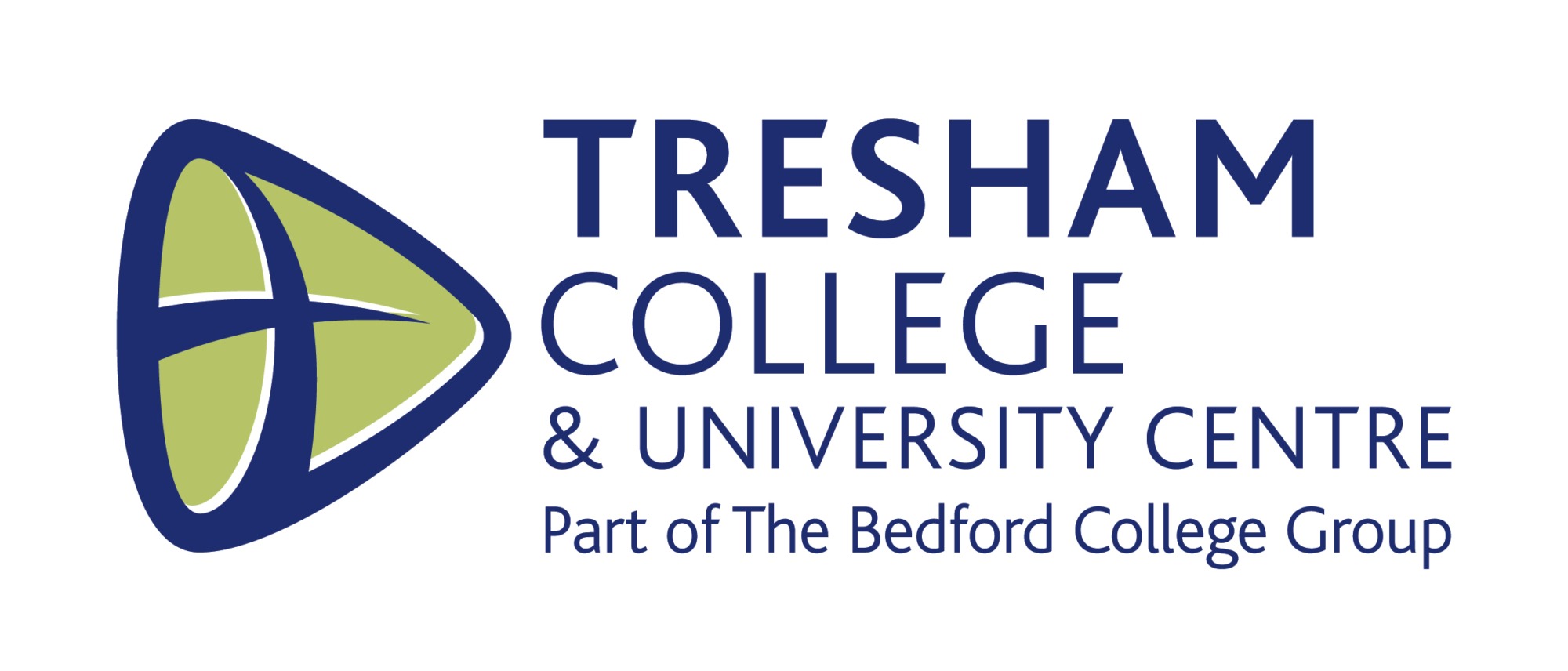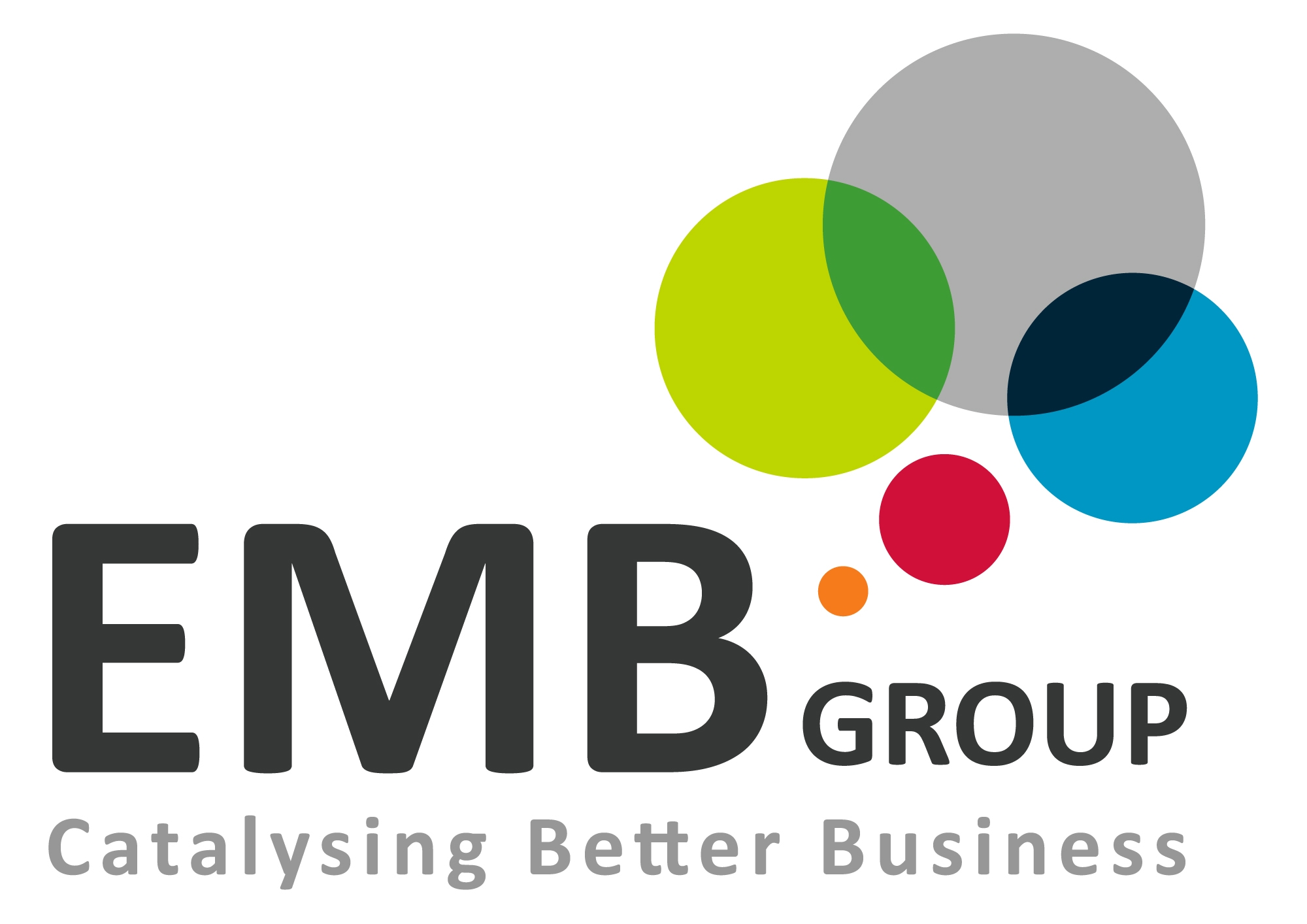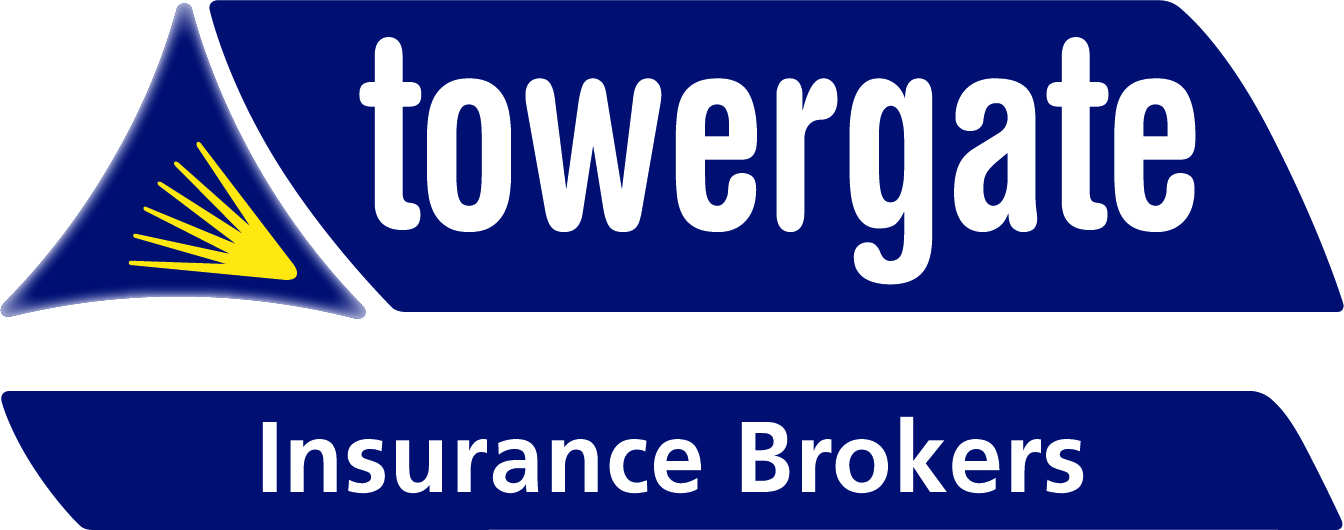

HOW TO AVOID THE REDUCED ANNUAL ALLOWANCE OF YOUR PENSION CONTRIBUTIONS
Blogs
The annual allowance is, broadly speaking, the maximum amount you and your employer may contribute to your pensions each tax year and tax relief be obtained on that contribution. The maximum contributions calculation for final salary pensions (defined benefit schemes) is calculated differently so I am going to concentrate on money purchase pensions (defined benefit schemes) only in this blog.
Basically, the maximum amount that can be paid into your pension annually is £40,000. If you have been a member of a pension scheme for the previous three tax years you may carry forward any unused annual allowance for up to three years. So if no contributions have been made into your pension for the last three tax years (3 x £40,000) a maximum amount of £160,000 (4 x £40,000)could be contributed into your scheme in the current tax year.
However, in practice, there are several ways in which the annual allowance can be reduced.
Insufficient earnings
Tax relief is only given against the amount of your earned income in a tax year. So if you have earned income of £30,000 and £40,000 is paid into your pension then tax relief will only be given on £30,000. This assumes you have no unused annual allowance to carry forward from the previous three tax years.
Unqualifying earnings
Only earned income qualifies for tax relief on pension contributions. This is technically known as relevant earnings. Earned income is typically from employment, self-employment and partnerships. Taxable benefits in kind count as earned income too.
Unearned income such as investment income from dividends, interest and rent for example do not qualify as earnings for pension contribution tax relief.

Tapered annual allowance (TAA)
The tapered annual allowance applies if your adjusted income exceeds £240,000 for the tax year and your threshold income is more than £200,000. Under these circumstances, your annual allowance reduces by £1 for every £2 over £240,000.
The maximum reduction is £36,000. This happens when adjusted income is over £312,000. The reduction does not apply to individuals who have threshold income of no more than £200,000.
Adjusted income and threshold income include all taxable income including taxable benefits in kind.
Adjusted income includes all pension contributions (including any employer contributions) while threshold income excludes pension contributions.
Both adjusted and threshold income is defined as net income which means all taxable income minus various deductions including member pension contributions under net pay arrangements and tax relievable deductions.
Because the calculations are a little complex and the rules a little ambiguous you should use an annual allowance calculator if you are confident of working it out yourself or seek advice from a professional such as an accountant, a tax specialist or a pensions specialist such as an Independent Financial Adviser.

Money Purchase Annual Allowance (MPAA)
Don’t take any pension income other than Capped Drawdown income or an annuity otherwise, the MPAA of £4,000 applies. Tax-free cash withdrawals even from Flexi-Access Drawdown do not create a MPAA.
Annual allowance calculations are horrendously tricky. I have only given you a flavour of it in this blog but there are many traps for the unwary.
If your earned income is too high you will potentially lose £36,000 of your annual allowance and be limited to a maximum pension contribution of £4,000 under the tapered annual allowance rules. However, this is calculated annually meaning that you may qualify for larger contributions in some years and lower contributions in others.
On the other hand, the money purchase annual allowance (MPAA) is a “one strike and you are out” rule. It’s like going for that six in cricket and getting caught so you are out. It’s much the same with the MPAA. If you take income from a pension just once, even in error, you are out. Period. You may only contribute a maximum amount of £4,000 a year into your pension in the future. It’s very harsh but it’s true.
Human beings’ propensity to create complexity never ceases to amaze me and none more so than in the world of government as epitomised by HMRC. For those readers old enough to remember the Yes Minister series it feels as though Sir Humphrey is alive and kicking, still running the Civil Service and giving the Prime Minister the run around. Nothing has really changed. Civil Service Speak or government gobbledegook still prevails. It’s remarkable.
Having said all that, pensions continue to offer significant tax benefits. The price to pay for that is complex tax legislation I am afraid. That’s why pensions specialists such as Wealth And Tax Management are here to help you. You know it makes sense.*
*RISK WARNING
The Financial Conduct Authority does not regulate tax planning. The value of investments can fall as well as rise. You may not get back what you invest. The information contained within this article is for guidance only and does not constitute advice which should be sought before taking any action or inaction. All information is based on our current understanding of taxation, legislation, regulations and case law in the current tax year. Any levels and bases of relief from taxation are subject to change. Tax treatment is based on individual circumstances and may be subject to change in the future. This blog is based on my own observations and opinions.
Chartered and Certified Financial Planner
Managing Director of Wealth and Tax Management
If you are looking for expert guidance in Financial Planning contact Wealth and Tax Management on 01908 523740 or email wealth@wealthandtax.co.uk


















